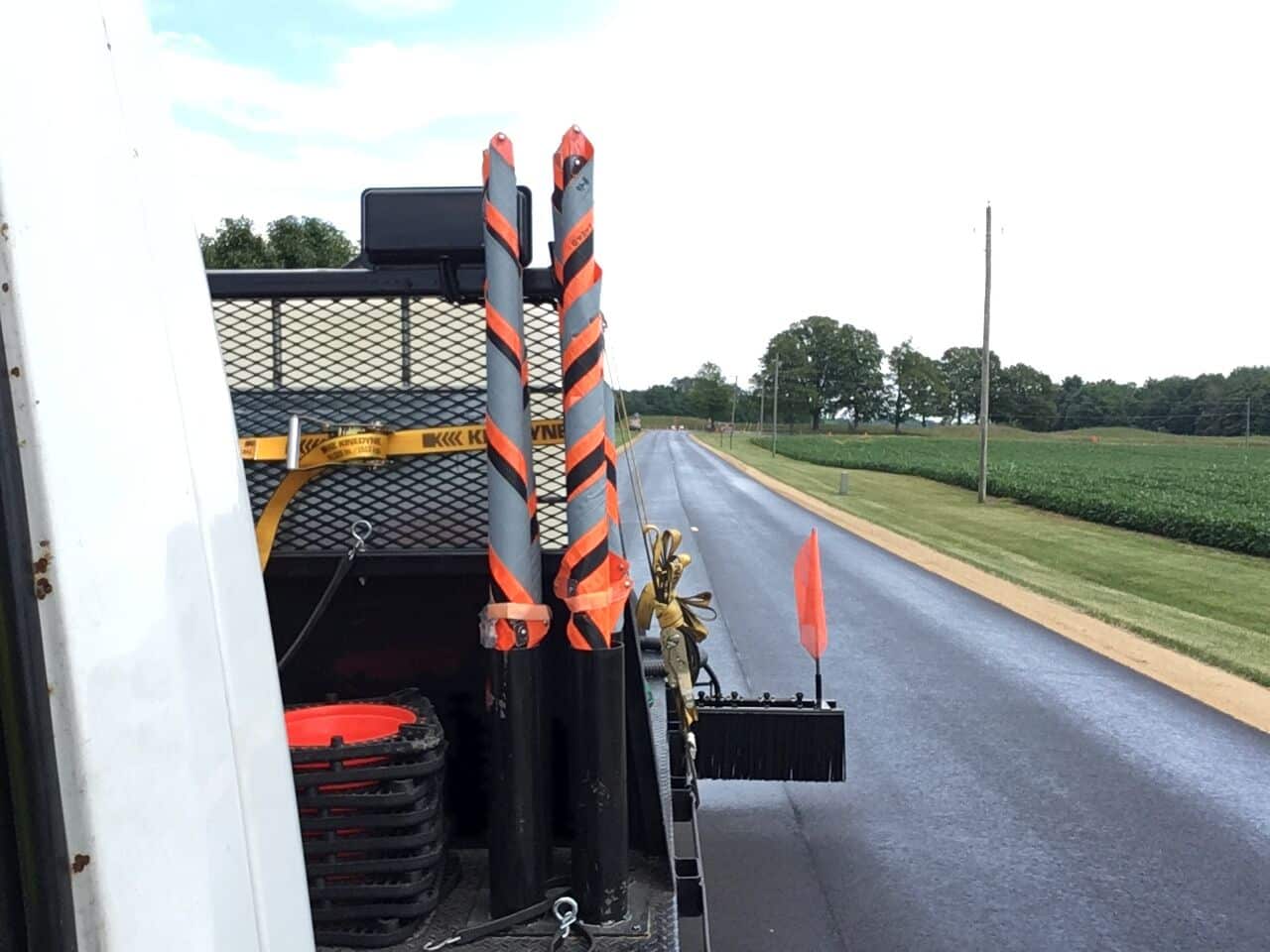Bio-Based Asphalt Pavement Rejuvenator
What is Envirotx Pavement Restoration?
Pavement restoration and preservation, extending the performance and service life of asphalt pavements, is the result of applying Envirotx Pavement Restoration. Hot-mix asphalt pavements, referred to as “flexible pavements”, are constructed of multiple, thin layers of HMAC (hot-mix asphalt concrete), which is a mixture of hot liquid asphalt cement, stone aggregates and sand, placed over stabilized bases or existing asphalt roadways – referred to as “asphalt overlays”. All layers, especially the final driving surface exposed to the elements, are designed with liquid asphalt binders (think of liquid asphalt as “glue”) to keep/retain the aggregate/sand mixture together, remain flexible, thus perform long-term as designed.
Envirotx Asphalt pavement restoration is more critical today than it has ever been for several reasons. To begin with, limited construction and maintenance budgets call for innovative solutions to stretch roadway dollars. Next, refinery technology and crude slates are producing lower performing liquid asphalt binders today, plus the addition of recycled asphalt pavements (RAP) and other recyclables into the surface layer, then exposing the liquid asphalt/“glue” to high heat, in a thin-film state, during the hot-mix production process – all contribute to making so-called “new” asphalt – prematurely-aged from day one, and finally, as the surface is exposed over time to sun/UV, moisture, and traffic damage, it oxidizes, becomes brittle/inflexible, starts to ravel – releasing surface fines, aggregates – and starts to crack and pothole, exposing supporting base layers to damaging elements, all leading to premature failures.
Fundamental
Advantages
Envirotx Pavement Restoration is a bio-based, water-diluted, asphalt rejuvenator, polymer modified, which penetrates asphalt pavements, increasing life cycle up to 40%, applied on new pavements, for pennies on the dollar, by:
Softening pavement binder – improving its penetration value
Decreasing pavement binder brittleness – reducing its viscosity
Improving pavement flexibility
Reducing surface raveling (loss of surface fines and aggregate)
Reducing pavement cracking and potholes
Protecting base, and subgrade, structures

Why Envirotx Pavement Restoration?
Envirotx Pavement Restoration is easily and safely spray applied – by you or contractor – at .020 gsy, to pavement surfaces as a penetrating fog seal, without the need of a blotter, using inexpensive (not an asphalt distributor) spray equipment, and opening up to traffic in ½ hour.
Without asphalt preservation and preventative maintenance, repaving is inevitable in a relatively short period of time. At only a fraction of the cost of paving, Envirotx preserves and protects asphalt pavements ensuring the longevity and quality of your paved investment. Time and testing have shown that using our rejuvenator, before asphalt breaks down, provides communities the opportunity to use their road money more efficiently and expand their annual pavement restoration goals. It is cheaper and easier to take care of a good road than to save a bad one. Good roads are expensive, but bad roads ultimately cost more!
Envirotx
Envirotx Asphalt Rejuvenator is applied to the surface by trained applicators, utilizing a precise spray system. The treatment is applicable to new as well as older pavements in good condition. It can be used as a construction seal on newer pavements as part of the pavement contract and again 4-5 years later to provide cost savings and add years to the life cycle of asphalt surface.

